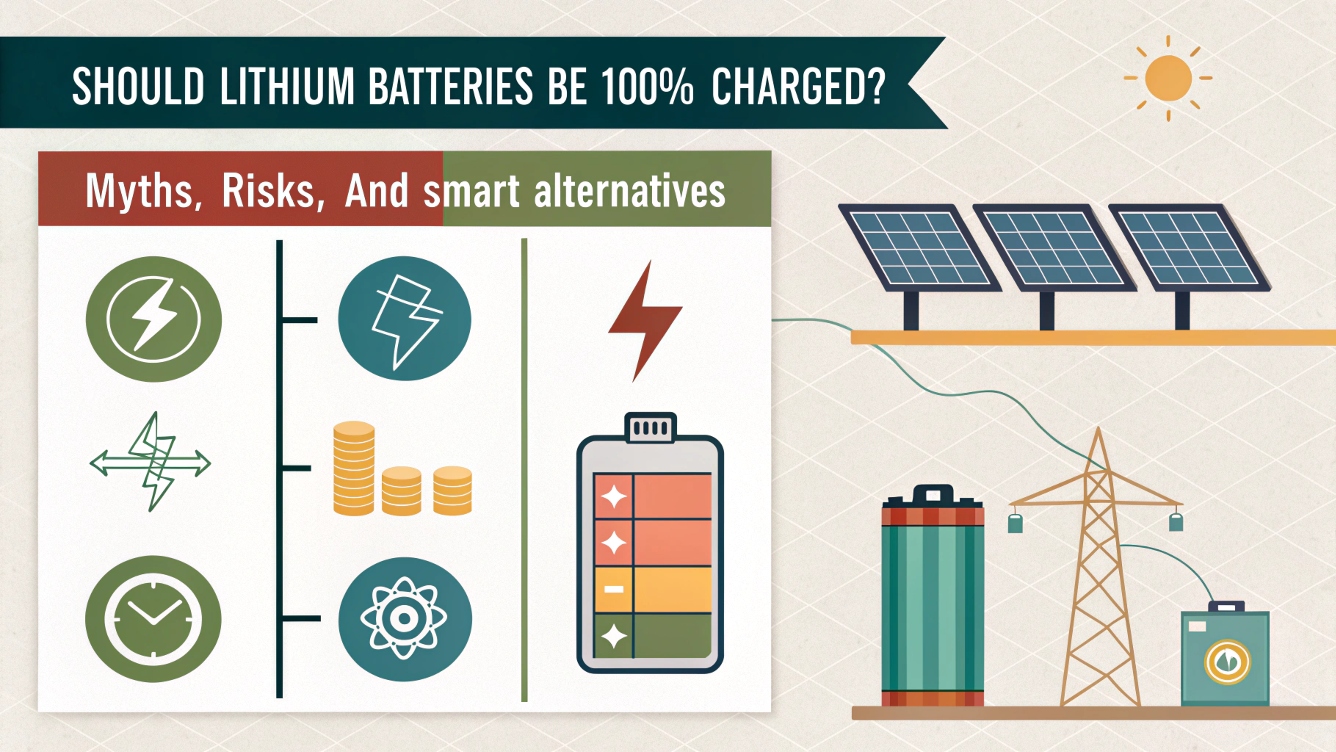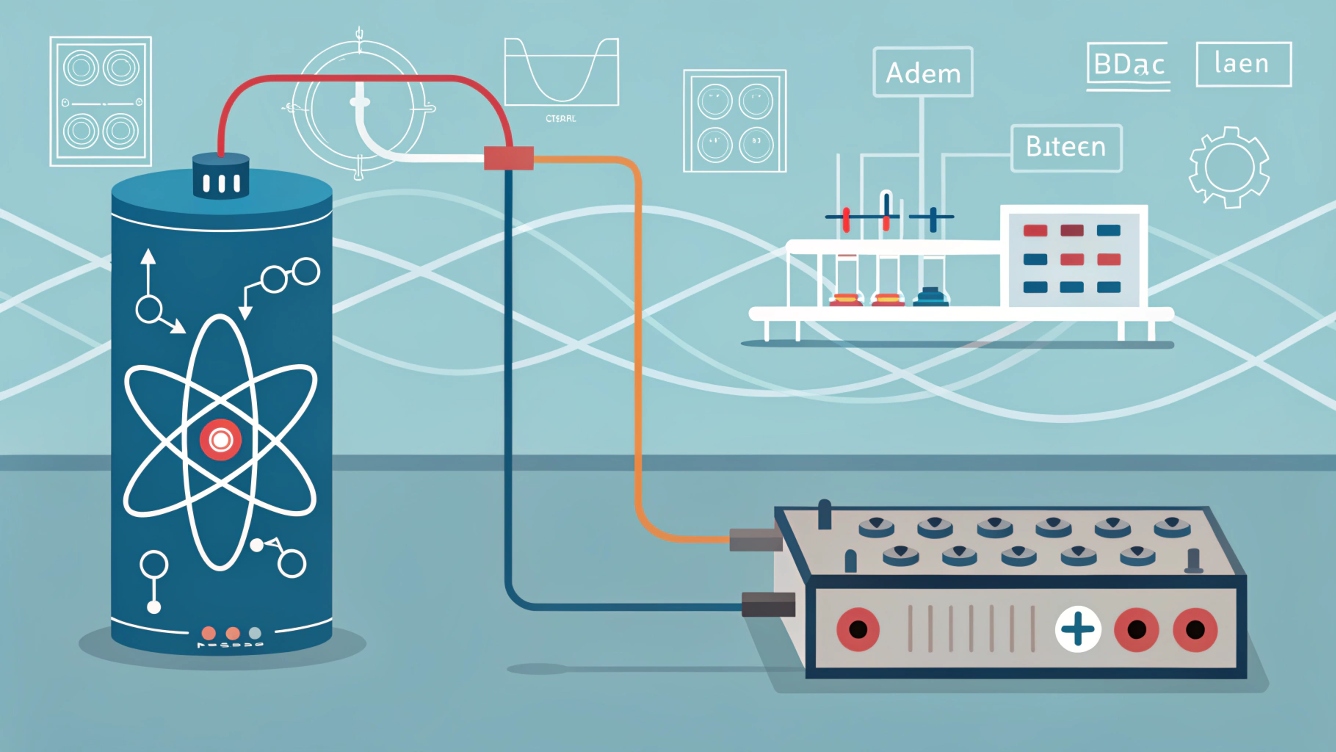锂电池应该是 100% 带电? 神话, 风险, 和明智的替代品
锂电池充电背后的科学: 为什么 100% 不是理想的
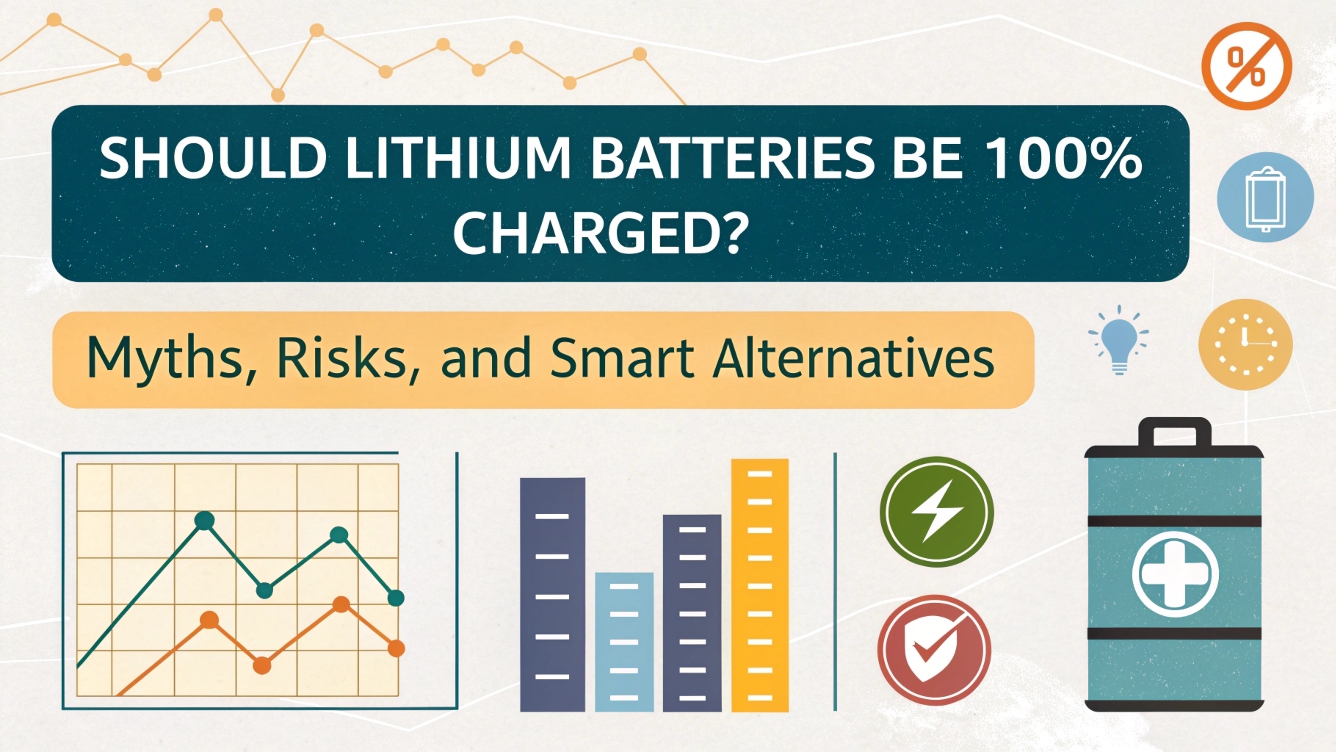
锂电池为从智能手机到太阳能存储系统的所有功能, 但是要他们向 100% 就像强迫马拉松赛跑者无休止地冲刺 - 它可以更快地穿上它们. 这就是原因:
- 化学应力: 充满充电, 锂离子细胞在高压下运行 (4.2v/cell), 加速电解质降解和锂电池. 研究表明,这可以减少寿命 20% 与部分充电相比:引用[8]:引用[9].
- 热失控的风险: 过度充电会产生多余的热量, 增加火灾危害. 例如, 在热失控期间,充电超过其极限的12V锂电池可以达到超过1,500°F的温度:引用[10].
- 容量损失: 频繁的全额充电降低容量比保持一个快速2-3倍 20-80% 充电范围:引用[9].
对于提示: 将您的系统配对 可堆叠锂电池 分配负载并减轻单个细胞压力.
什么时候 100% 充电是有道理的: 规则例外
1. 磷酸铁 (磷酸铁锂) 电池
特斯拉建议每周 100% LifePo4包的费用,以重新校准电压传感器, 随着它们的平坦放电曲线使收费估计很棘手:引用[6].
2. 长期存储
将锂电池存储在 50% 充电可最大程度地减少衰老. 然而, 如果几个月未使用, 充分充电防止了深层排放损害:引用[5]:引用[7].
3. 应急准备
对于离网太阳系, 偶尔的全部费用确保备份功率准备就绪. 使用 太阳充电控制器.
优化锂电池寿命: 5 经过验证的策略
1. 部分充电 (20-80% 规则)
保持电池之间 20% 和 80% 电荷减少压力. 对于10kWh 可堆叠的锂电池 系统, 这意味着:
- 日常使用: 收费 80% (8kWh可用).
- 长途旅行: 暂时收费 100% 额外的容量:引用[8]:引用[9].
2. 温度控制
- 理想范围: 在59°F – 77°F处充电 (15°C – 25°C).
- 避免极端: 在32°F以下充电 (0℃) 引起锂电池; 高于113°F (45℃) 加速降解:引用[8]:引用[10].
3. 智能充电技术
使用停止的自适应充电器 80% 默认情况下. 例如, 苹果的优化电池充电学习用户习惯可以延迟全额充电:引用[3].
4. 避免深入排放
切勿在下面排出锂电池 20%. 一旦击中20AH,应为100AH电池充电以防止不可逆的损坏:引用[5]:引用[7].
5. 可扩展性的模块化系统
而不是拉紧一个电池, 可堆叠锂电池 允许用户:
- 根据需要增加容量 (例如, 从5kWh开始, 扩展到20kWh).
- 隔离故障模块而不关闭整个系统:引用[9].
案例分析: 太阳能与 可堆叠的锂电池
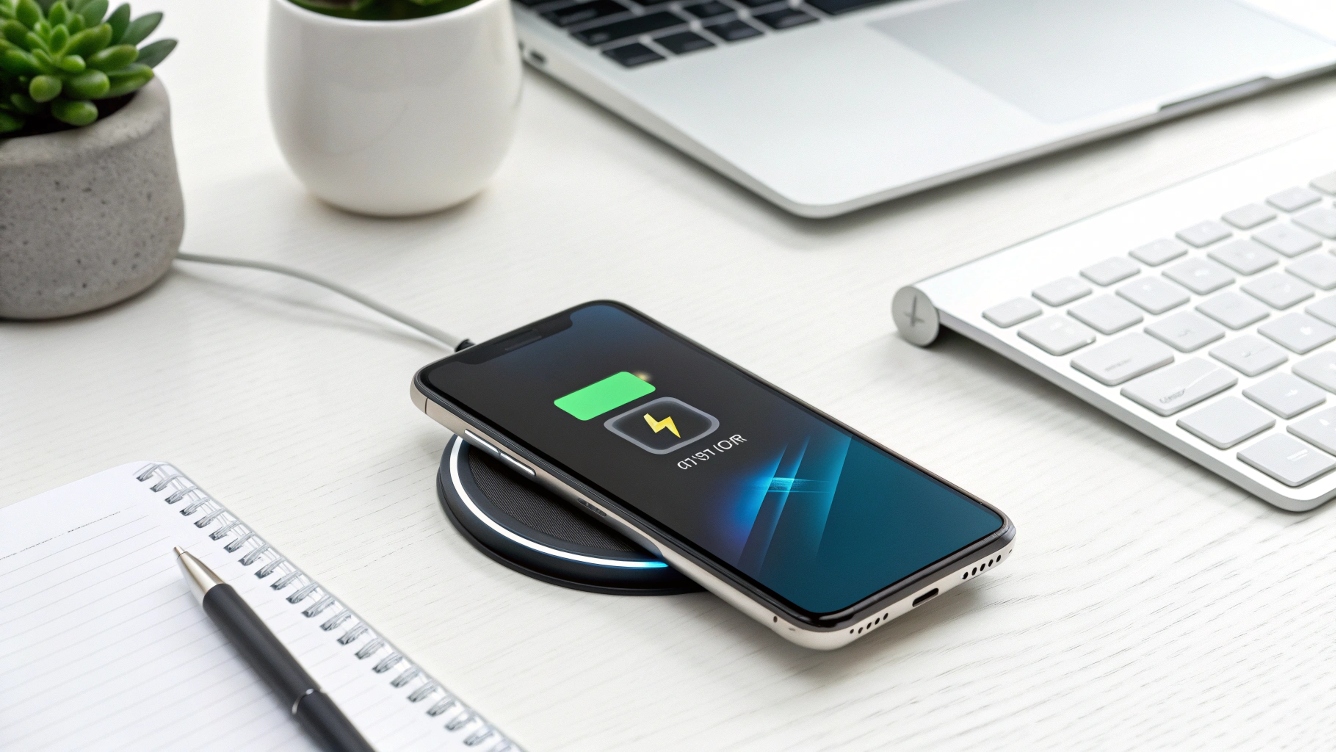
亚利桑那州的一个家庭使用我们 离网太阳能套件 成就了:
- 30% 寿命更长: 通过充电电池 80% 每天通过MPPT控制器.
- 消防安全: 将模块存储在带有温度传感器的防火柜中:引用[10].
- 节约成本: 替换单个模块而不是整个系统.
通过应用收取最佳实践
| 应用 | 建议的充电限制 | 笔记 |
|---|---|---|
| 智能手机 | 80% | 使用内置的“优化充电" 模式:引用[3]. |
| 电动汽车 | 90% (锂离子电池), 100% (磷酸铁锂) | 特斯拉的LifePo4包需要每周全额费用:引用[6]. |
| 太阳能存储 | 85% | 与 可堆叠的系统 用于负载平衡:引用[9]. |
| 电动工具 | 75% | 避免在大量使用中进行深层排放:引用[7]. |
未来的防止 模块化电池系统
升级到 可堆叠锂电池 优惠:
- 灵活性: 混合新老模块 (例如, 将5kWh添加到现有的10kWh设置).
- 效率: 跨模块的平衡充电/放电率以降低磨损.
- 安全: 通过SMART BMS自动隔离过热单元格:引用[9]:引用[10].
对于提示: 与AI驱动的能源管理软件结合使用,以预测使用模式并优化充电周期.
常见问题: 回答您的最高问题
问: 我可以为电池充电 100% 偶尔?
A: 是的! 偶尔收费 (例如, 每月) 帮助重新校准电池计而不会造成重大伤害:引用[6]:引用[9].
问: 我如何监视电池健康?
A: 使用蓝牙启用 电池监视器 (包括我们 职业系列 跟踪电压, 温度, 和周期计数.
问: 锂电池的寿命是什么?
A: 通常有2,000-5,000个周期 80% 国防部. 适当的护理可以通过 30%:引用[8]:引用[9].
结论: 更聪明的充电, 寿命更长
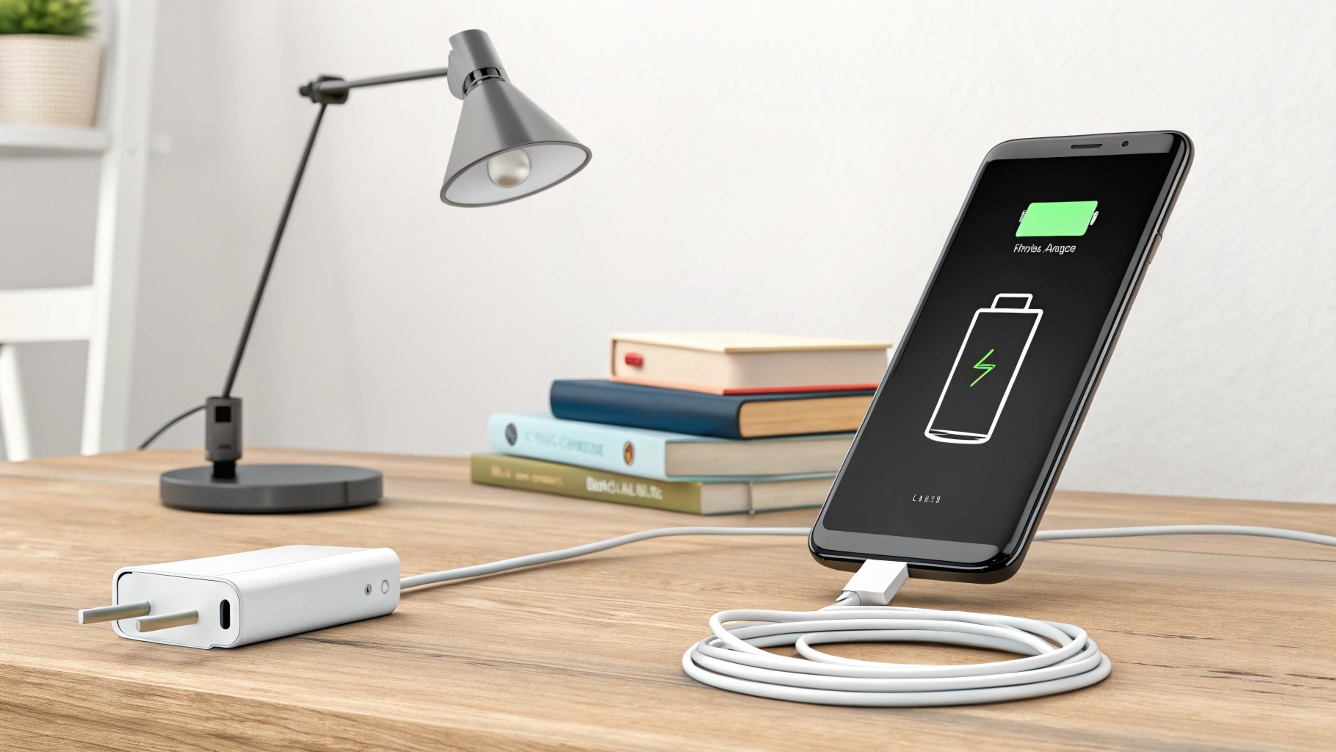
锂电池 能 被收取 100%, 定期这样做就像在不间断的汽车发动机一样,它可以使用零件更快地穿着零件. 对于太阳能爱好者和离网用户, 可堆叠锂电池 提供可扩展的, 无应力的解决方案.
下一步:
- 探索我们的模块化电池套件以进行可自定义存储.
- 下载我们的 太阳充电指南 对于DIY提示.
- 观看演示时优化电荷周期的演示.
GycxSolar为全球客户提供高质量的锂电池产品和太阳能系统的所有组件.
生产太阳能电池板和逆变器等高质量产品. 我们还向您推荐更有利的系统组合解决方案.
同时, 我们有专家提供免费的设计解决方案服务.
一站式服务来解决您的问题, 高质量的服务使Gycxsolar在行业中处于领先地位.
您的咨询非常欢迎. 设计方案一直受到高度赞扬和值得信赖, 有一个非常稳定的客户群.
参考
- 锂电池化学: 维基百科: 锂离子电池.
- 热失控的风险: 维基百科: 锂电池火.
- 循环寿命数据: 同行评审研究 电源杂志.

